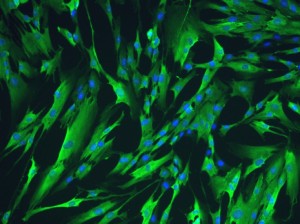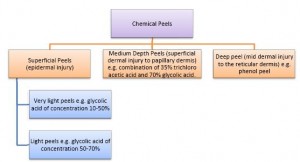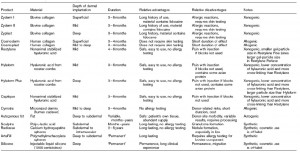Introduction
The skin is the most superficial part of the body. The signs of ageing are most visible in the skin. Although, ageing skin is not a threat to a person, it can have a detrimental effect on the psychology of a person. A look into the causes of skin ageing, the available treatments and preventive measures for this inevitable change is important to help both the already aged, as well as, the youth.
This is a 4 part article in which:
- Part 1 – Discusses the structure of skin and its different components
- Part 2 – Discusses cutaneous ageing and its causes
- Part 3 – Discusses the characteristics of ageing skin and the changes in skin appearance
- Part 4 – Discusses products and treatments for skin ageing
a) Sunscreen Agents
b) Moisturizers
c) Antioxidants (current article)
d) Make Up
e) Dermal Fillers
f) Chemical Peels
g) Botulinum Toxin
h) Estrogen and Hormonal Treatments
i) Plastic Surgery
Antioxidants1,2,3
The ageing process is believed to be due in part to free radicals, also known as reactive oxygen species. Free radicals are composed of oxygen molecules with an unpaired electron and are produced by several exogenous and endogenous factors such as UV exposure, pollutants, stress, smoking and normal metabolic processes. Free radicals are responsible to induce alteration in gene expression pathways, which in turn contribute to the degradation of collagen and accumulation of elastin.
Antioxidants neutralize these free radicals by supplying another electron delivering an electron pair to an oxygen molecule and stabilizing it in the process. E.g. vitamin A (retinol), vitamin C (ascorbic acid), vitamin E (tocopherol), β‐carotene, bioflavanoids and many others found in nature (e.g. resveratrol‐ an antioxidant found in high concentration in red grape skin and berries).
Topical application of α‐tocopherol or ascorbic acid decrease UVB induced erythema and edema, and decreased the number of sunburnt cells. Carotenoid preparations and synthetic phenolic antioxidants similarly are reported to reduce UVB induced erythema and retard development of squamous cell carcinoma.
References
- Elderly skin and its rejuvenation: products and procedures for the aging skin, Marcia Ramos‐e‐Silva et. al., Journal of Cosmetic Dermatology, 6, 40–50
- Harrys cosmeticology, J. D. Wilkinson and R. J. Moore, Longman Singapore Publishers ltd. Pg 222 ‐ 258(sunscreens and suntan oils)
- Nutritional and Botanical Approaches to Antiaging, Chris D. Meletis, N.D., with Nieske Zabriskie, N.D. Alternative & Complementary Therapies— December 2006, 268‐274.



